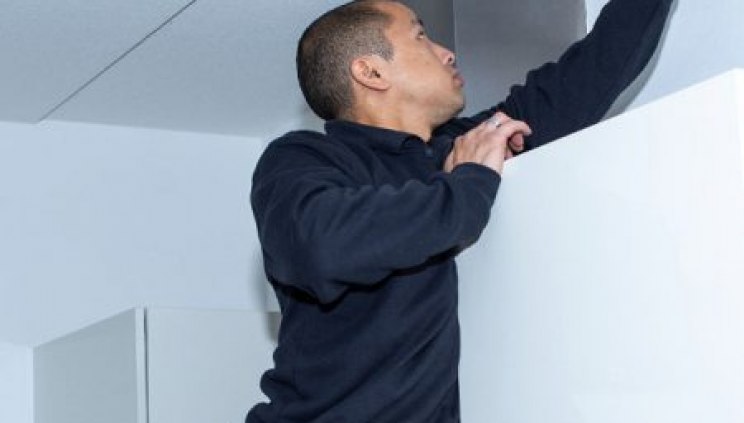

Over the years, the importance of mechanical ventilation has increased and become part of the Buildings Decree. That means that no building can be built anymore without mechanical ventilation. But what is mechanical ventilation, and how does it work? We will tell you all about it in this blog.


In the past, homes were ventilated naturally through seams and cracks, but this is no longer the case today as homes are increasingly well insulated.
The mechanical ventilation system has become an essential part of your living and working environment. It provides a healthy indoor climate so that you can function optimally and stay healthy.
A mechanical ventilation system ensures that polluted indoor air is removed, and fresh air is supplied from outside. This can be achieved by using a heat recovery unit (MVHR) or a mechanical ventilation box.
Polluted air is drawn in at central points in the house using various fans and closed ducts. The air is exhausted from the house through valves. These valves can often be located in your kitchen, toilet or bathroom.
Fresh outside air is brought into the house through grilles, such as those above the windows, or through supply valves. The latter is only used in the case of a heat recovery unit (MVHR). This mechanical ventilation system not only removes polluted air, but also blows fresh outside air (either heated or cooled) into the house. In this way, mechanical ventilation ensures a constant exchange of air.
This mechanical ventilation system consists of a ventilation unit installed in the loft or storage area, where the polluted air is exhausted from the house through a roof duct or chimney. The ducts are connected to valves located in the kitchen, bathroom and toilet.
In the kitchen, there are often two vents to which an extractor hood can be connected. Fresh air from outside enters through the window grilles.
Nowadays, almost all ventilation units are equipped with a humidity sensor, which automatically activates the mechanical ventilation system when, for example, you are cooking or taking a shower.
CO2 sensors are also increasingly being installed in the living room and/or bedrooms. When the CO2 level in the room becomes too high, the ventilation system also responds automatically to reduce the CO2 levels. In this way, the mechanical ventilation system maintains a healthy indoor climate at all times.
Balanced ventilation in the form of a heat recovery unit (MVHR) has been widely used, especially in recent years. This is mainly due to the requirements of the Building Regulations and the associated EPC (Energy Performance Coefficient).
The name 'balanced ventilation' comes from the fact that this ventilation system supplies as much air as it exhausts: supply and exhaust are in balance. In addition, the system heats the cold incoming air with the heat from the outgoing air. This makes balanced ventilation a very energy-efficient ventilation system.
To ensure that your MVHR system operates optimally, regular maintenance is essential. It is also advisable to replace the filters every six months. If you don't, dirty filters can cause the system to blow mould and bacteria into your home.
The MVHR unit can be easily recognised by the large ventilation unit with two fans, which is often located in the same room as the central heating boiler. One fan ensures that clean air enters the house and the other regulates the extraction of polluted air to the outside. There are also valves in the living room and bedrooms.
These systems can also be equipped with a humidity and CO2 sensor and operate in the same way as other ventilation units.
Want to know more about mechanical ventilation and how it works? Check out our other blogs or contact us. We are here to answer your questions.